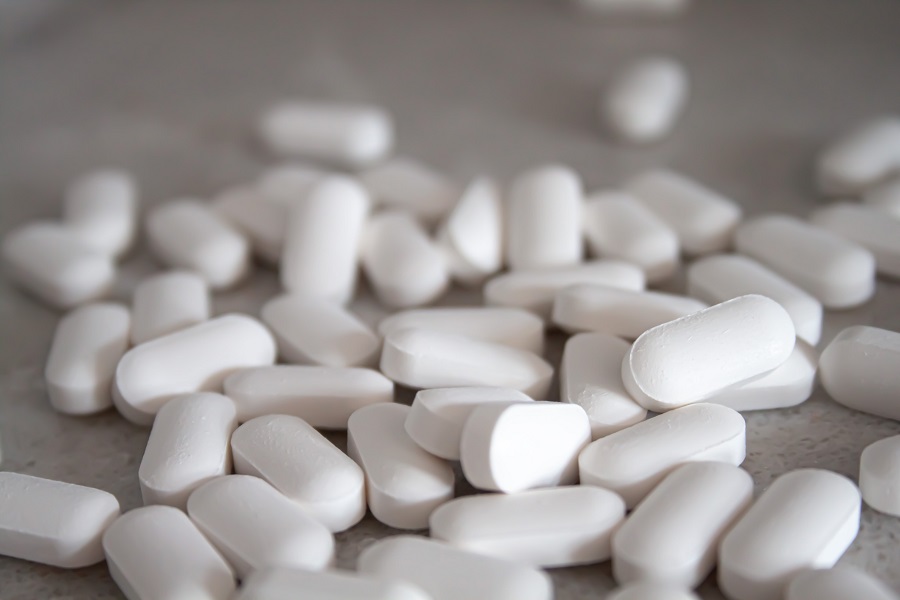The U.S. Patent and Trademark Office (USPTO) and the U.S. Food and Drug Administration (FDA) convened a joint session on drug patent systems yesterday. This comes as we begin a year that is anticipated to be firmly focused on drug pricing.
The Biotechnology Innovation Organization (BIO) provided input, submitting comments ahead of the session.
“In order to execute on the President’s drug pricing agenda, the USPTO has issued multiple federal register notices seeking comments on a great diversity of proposals to change the way patents would be examined, reviewed, and enforced,” said Hans Sauer, BIO’s Deputy General Counsel for Intellectual Property, in the written comments.
The USPTO proposed the collaboration initiatives in July of last year via a letter to the FDA.
These initiatives seek to improve cooperation between the USPTO and the FDA in order to make sure that the patent systems strike the right balance and encourage significant “innovation in drug development and supporting a competitive market” that can foster greater access to medications for American families, the USPTO said.
“But while it is clear that these proposals are responsive to political narratives, the scope and contours of the underlying problems are subject to debate and poorly substantiated,” continued Dr. Sauer.
“Most of BIO’s members are small, development-stage companies that do not yet have a product on the market and that rely on robust IP rights in order to access capital, engage in partnering and licensing,” he said. “The chances of successfully developing a new therapy are less than 10%, at a cost exceeding $1B over an almost 10-year development process. Robust and reliable patent rights are crucially important if private investment in healthcare innovation is to be sustained in the face of such costs and risk.”
However, patents have driven drug development. “Thanks at least in part to a robust and principled U.S. patent system, more new therapies are invented and developed in the United States than in the rest of the world combined.”
In addition, Dr. Sauer’s comments corrected misconceptions about biopharmaceutical patents.
“For example, you have heard that biopharmaceutical companies procure unusually large numbers of patents. They do not. In fact, normalized to R&D spend biopharmaceutical companies procure fewer patents than comparable businesses in other technologies. By some accounts, patenting intensity in the biopharma space is around 1/10th of that in high tech or communication technology for example,” he said.
Dr. Sauer advised the agencies to concentrate their efforts on the reality of the patent system and collect accurate statistics regarding patents.




